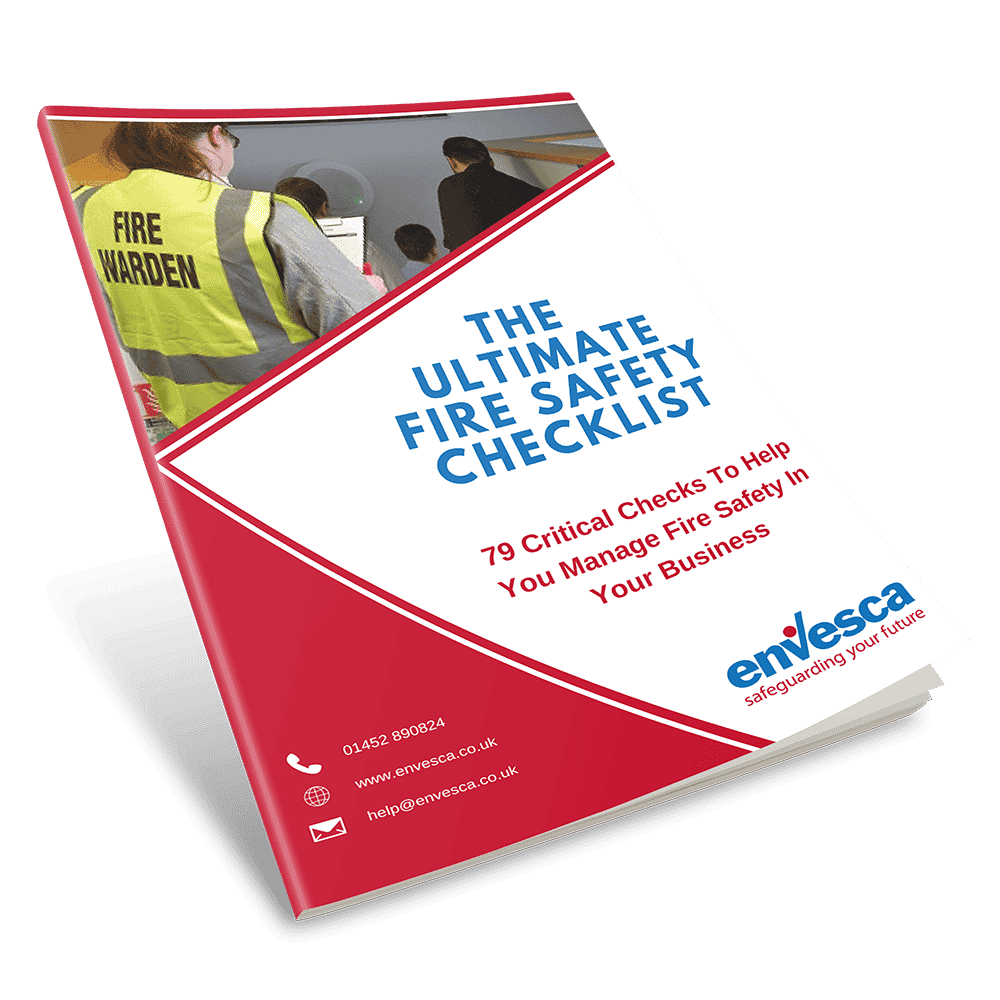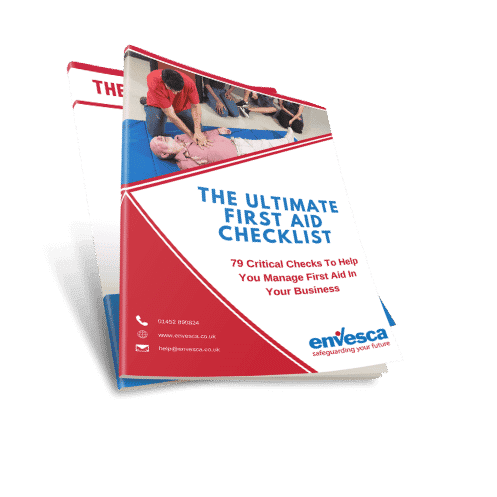How Do You Comply With PUWER?
Have you ever wondered if you comply with PUWER regulations? In this article, I will describe how to comply with regulations 4 and 5: selection and maintenance of work equipment.
Take a moment to consider how many different types of workplaces there are in the UK, then try to list the different types of equipment used across these workplaces and you would probably be writing for a very long time!
All work equipment is covered by the Provision and Use of Work Equipment Regulations (PUWER) 1998. The main aim of this legislation is to ensure that maintenance of work equipment is provided and the work equipment is safe to use. Work equipment should not give rise to risks to health and safety regardless of its age, function or place of origin.
The definition of work equipment is very wide-ranging. It covers any machinery, appliance, apparatus, tool or installation used to carry out work. This includes single machines, hand tools, power tools, vehicles and mobile plant. You should also be aware that PUWER covers not only any equipment provided by the employer but also where the employer allows employees to provide their own equipment at work. Private cars, substances and structural items (walls, stairs, doors etc.) are not classified as work equipment under PUWER.
The regulations cover all facets of the use of work equipment from initial selection through to guarding and controls.

Regulation 4 covers the selection of suitable work equipment.
The aim of this regulation is to prevent improvisation by employees.
It addresses four main areas:
- The work equipment and its fitness for the conditions in which it is used.
- The choice of work equipment and the need to take into account employees’ health and safety and an increased risk they might face while using that equipment.
- The need for equipment to be suitable for use under the conditions in which it is used.
- Definition of ‘suitable’.
How to Comply
A risk assessment must be carried out to demonstrate that the equipment is suitable for the particular task, in a particular area and used by the particular employee. You should also take account of any energy or substance used or produced by the piece of equipment as it must be either supplied or removed in a safe manner.
The employer must also foresee any likely problems that might arise which could affect the health and safety of operators while they are using the equipment. For example, this could be through a change in the environmental conditions, such as using the equipment in a confined space rather than a well-ventilated area or perhaps a change in weather conditions.
If the risk assessment is carried out properly, the outcome will identify the specification that the work equipment needs to achieve if it is to be used safely by your employees.
Regulation 5 covers the maintenance of work equipment.
Not all work equipment is equal, some types are very simple such as carpentry hand tools whereas heavy industry requires the use of complex plant and machinery. It, therefore, follows that different levels of maintenance are required. As a result, the regulations do not require that every type of work equipment has an elaborate maintenance schedule. The level of maintenance of work equipment should be appropriate for the type of equipment.
How to Comply
Ask a competent person* to draw up a programme showing the type and frequency of maintenance required. This should take into consideration:
- the type, class and complexity of the equipment
- that some may require weekly maintenance, some less frequent
- the frequency that the equipment is used
- the equipment’s potential to cause serious harm
- the likely deterioration of work equipment when not in use
- the environment that the equipment is used in
*A competent person is someone who has sufficient skill and experience with the equipment that they understand the maintenance requirements properly.
You should ensure that maintenance is also carried out by a competent person. Bear in mind that maintenance work in itself carries risk. Sometimes the level of risk is higher for maintenance activities than when actually using the equipment therefore this work must also be covered by a risk assessment. Finally, always keep maintenance records up to date!
What the Law Says
The Health and Safety at Work etc. Act 1974 (HASAWA) requires employers to provide and maintain the safe plant. All existing and new work equipment, including everything hired or purchased second-hand, must comply with PUWER.
If you have a question or enquiry about health and safety, please call the team on 01452 502113 or complete our enquiry form.
Find this helpful?
Signup to our email notifications to receive alerts when we publish new blogs. We promise not to spam your inbox, you will just get a short snappy intro to Health and Safety articles we think you will love.
"*" indicates required fields

The Ultimate Fire Safety Checklist
If you’ve got a question or query, please contact our super friendly team, they will be delighted to help you!
Simply get in touch via phone or email.

Free
Resources &
Downloads
Informative. Useful. Practical.
Here at Envesca we believe that we are good at giving proactive, sensible and useful advice. Below you will find some free resources that you can download on a host of subjects that will help you and your business.
Training Available
Envesca offer a number of different training courses, which offer advice and guidance on these topics.





